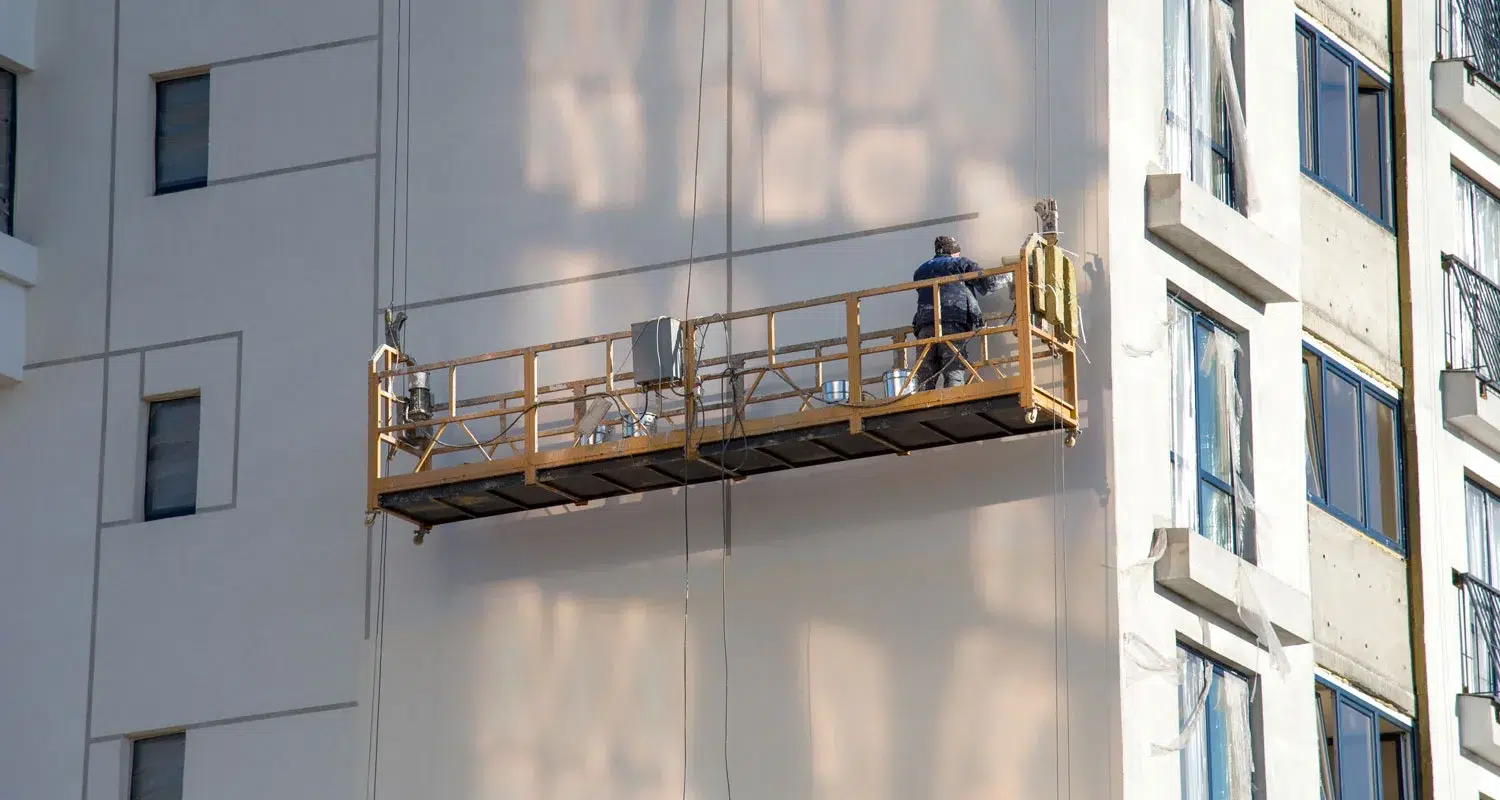Scaffolding in Construction: Types, Benefits, Uses & Applications

Scaffolding is an essential component of the construction industry, providing critical support and safe access for workers at elevated surfaces like walls, ceilings, and façades. From small homes to large commercial projects, scaffolding systems are necessary to install, repair, paint, or maintain various parts of a building.
In this guide, we cover the main scaffolding types — including mobile scaffolding, tube & clamp, cantilever, suspended, and more — explore their benefits, uses, and applications, and provide tips to help you select the right solution for your project.
Why Scaffolding Matters in Construction
Scaffolding is more than just a temporary structure. It:
- Provides safe and stable working platforms
- Improves efficiency by allowing better access and tool placement
- Reduces project delays and enhances quality of work
- Ensures compliance with WorkSafe NZ safety standards
Types of Scaffolding Systems
There are several scaffolding systems used in construction, each with unique advantages.
Single Scaffolding (Bricklayer Scaffolding)
Single scaffolding consists of standards, ledgers, and putlogs placed parallel to the wall about 1.2 m away.
Best For: Brick masonry, small-scale projects
Benefits: Low-cost, quick to assemble, ideal for confined areas
Double Scaffolding (Mason’s / Independent Scaffolding)
This system uses two rows of standards, putlogs supported at both ends, and additional rakers for stability.
Best For: Stone masonry, heavy-duty work
Benefits: Strong, safe, and suitable for long-term projects with heavy loads
Mobile Scaffolding
Mobile scaffolding is a wheeled scaffolding system designed for quick relocation without dismantling.
Best For:
- Indoor projects like painting, plastering, ceiling repairs
- Commercial maintenance and fit-outs
- Projects that require frequent repositioning
Benefits:
- Easily portable for multi-room tasks
- Saves time with fast repositioning
- Lightweight yet stable
- Cost-effective for short-term work
Use Cases: Widely used in schools, warehouses, shopping centres, and residential projects for flexibility and speed.
Tube & Clamp (Tube & Coupler) Scaffolding
A versatile, customisable scaffolding system made of steel/aluminium tubes joined by right-angle clamps.
Best For:
- Complex or irregular building shapes
- Industrial and infrastructure projects
- Projects that require maximum strength and flexibility
Benefits:
- Adapts to almost any shape or height
- Reusable and strong enough for heavy loads
- Can be combined with other scaffolding systems
- Perfect for bridges, tunnels, and high-load applications
Cantilever Scaffolding
Supported on needles or beams projecting from the structure, leaving the ground free.
Best For: Sites with restricted ground access
Benefits: Saves ground space, minimizes disruption below the work area
Suspended Scaffolding
Platforms suspended by wire ropes or chains that can be raised or lowered.
Best For: High-rise building maintenance, painting, and window cleaning
Benefits: Adjustable height, minimal ground obstruction, safe and efficient
Trestle Scaffolding
Small scaffolds supported on tripods or ladders.
Best For: Indoor painting, repair, and low-height projects (up to 5 m)
Benefits: Quick setup, cost-effective, ideal for small teams
Modular / Frame Scaffolding (System Scaffold)
Prefabricated frames that lock together for fast assembly.
Best For: Large-scale, repetitive construction projects
Benefits: Standardised, quick to assemble, excellent for projects with tight deadlines
Comparison Table – Choosing the Right System
| Scaffolding Type | Best Use Case | Key Benefits | Considerations |
|---|---|---|---|
| Mobile | Indoor tasks, frequent relocation | Portable, quick to move, time-saving | Limited height & load capacity |
| Tube & Clamp | Complex shapes, industrial projects | Maximum flexibility, reusable, durable | Slower setup, needs skilled labour |
| Double | Heavy-duty masonry | High strength, long-term stability | Requires more material & labour |
| Cantilever | Space-restricted sites | Keeps ground clear, allows access below | Must be constructed carefully for safety |
| Suspended | High-rise maintenance | Adjustable height, saves ground space | Needs roof anchoring and trained operators |
| Single | Small masonry work | Cost-effective, simple | Not ideal for heavy loads |
| Trestle | Indoor low-height work | Lightweight, inexpensive | Max height limited |
| Modular / Frame | Large repetitive builds | Fast assembly, consistent | Less adaptable for irregular designs |
Uses & Applications
Scaffolding systems are widely used for:
- Residential construction: roofs, walls, exterior repairs
- Commercial projects: warehouses, office builds, retail fit-outs
- Infrastructure: bridges, tunnels, and transport works
- Maintenance & cleaning: high-rise painting, façade repairs
- Interior work: ceilings, light installations, plastering
Safety & Best Practices
Safety is a critical part of scaffolding use:
- Perform regular inspections and maintenance
- Use guardrails, toe boards, and fall protection
- Train workers in safe assembly and dismantling
- Follow load capacity limits to prevent collapses
- Adhere to WorkSafe NZ and MBIE regulations
Summary
Choosing the right scaffolding type depends on your project’s needs, available space, and safety requirements.
- Mobile scaffolding is ideal for projects requiring frequent repositioning.
- Tube & clamp scaffolding is best for custom, irregular, or heavy-duty structures.
- Cantilever and suspended systems are perfect where ground space is limited.
- Modular/frame systems save time on large repetitive projects.
Frequently Asked Questions
Q1: What are the main types of scaffolding used in construction?
A: The most common types include mobile scaffolding, tube & clamp scaffolding, cantilever, suspended, single, double, trestle, and modular frame scaffolding systems.
Q2: Which scaffolding system is best for high-rise building work?
A: Suspended scaffolding is ideal for high-rise façade work and window cleaning because it allows adjustable platform height and keeps the ground clear of obstructions.
Q3: What are the benefits of mobile scaffolding?
A: Mobile scaffolding is portable, quick to assemble, and perfect for projects requiring frequent repositioning, such as commercial fit-outs and interior maintenance.
Q4: Why choose tube & clamp scaffolding?
A: Tube & clamp scaffolding offers maximum flexibility and strength, making it perfect for complex, irregular, or heavy-duty projects like bridges, tunnels, and custom builds.
Looking for safe, reliable scaffolding solutions in New Zealand? Secure Scaffold provides expert-designed scaffolding systems for residential, commercial, and industrial projects. Contact us today for a consultation.



